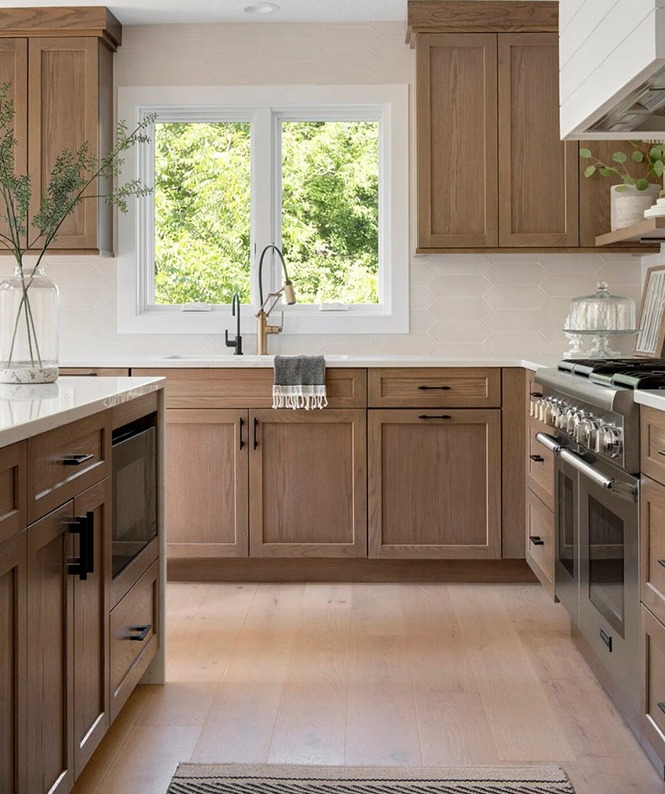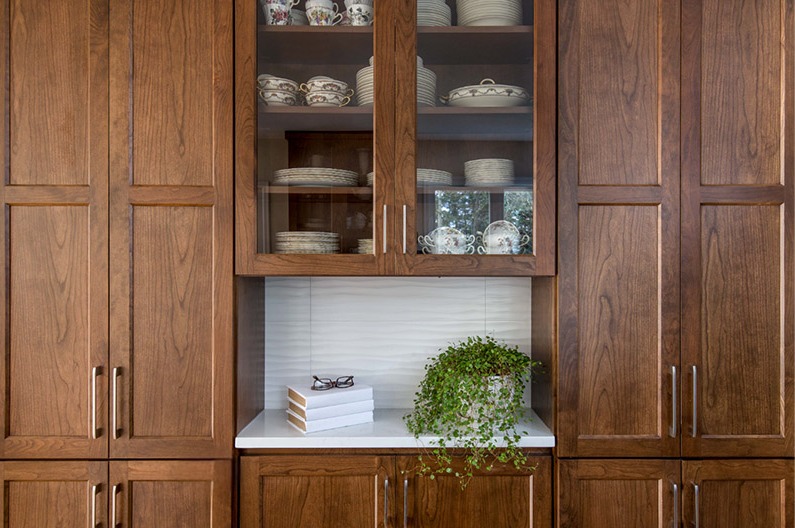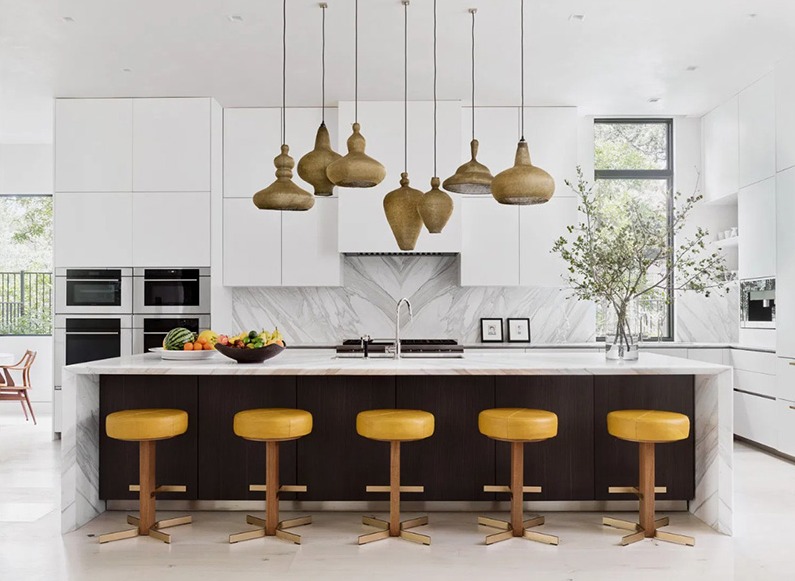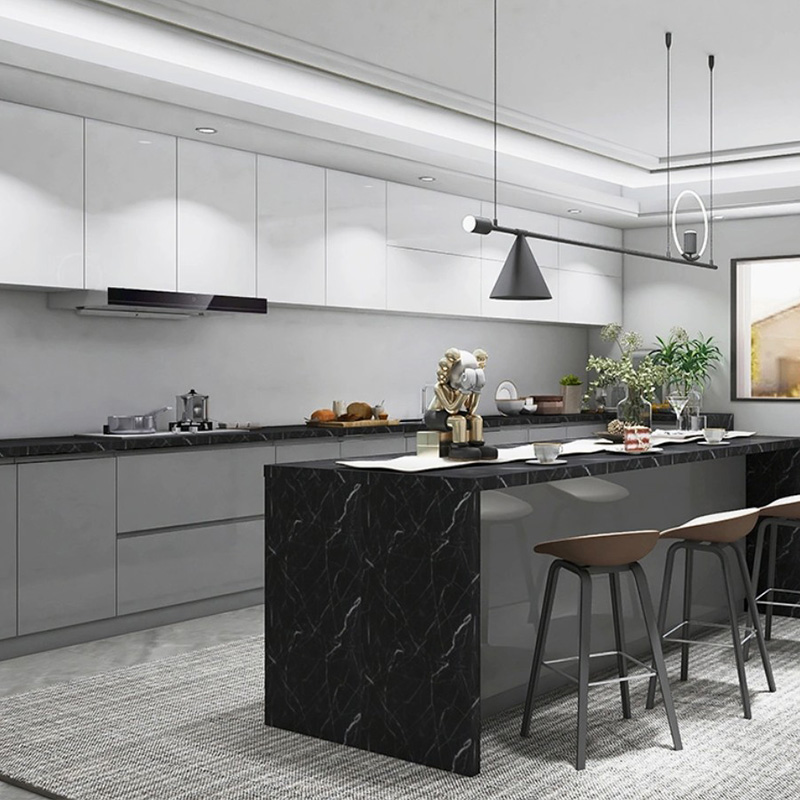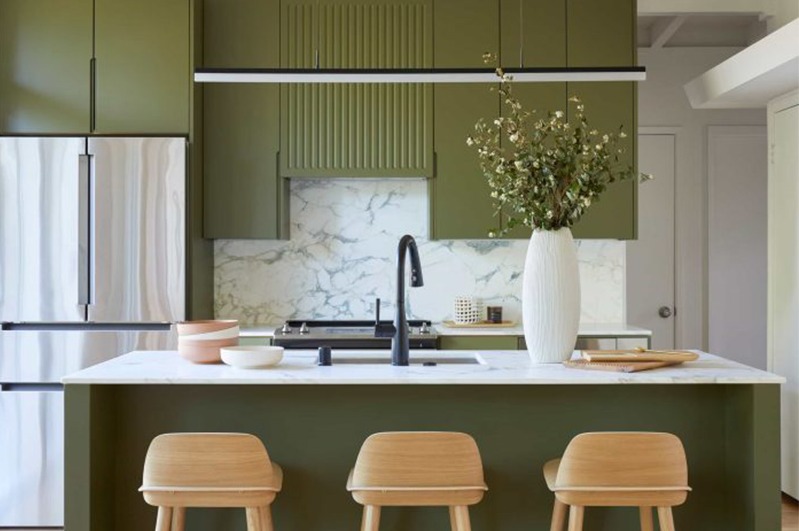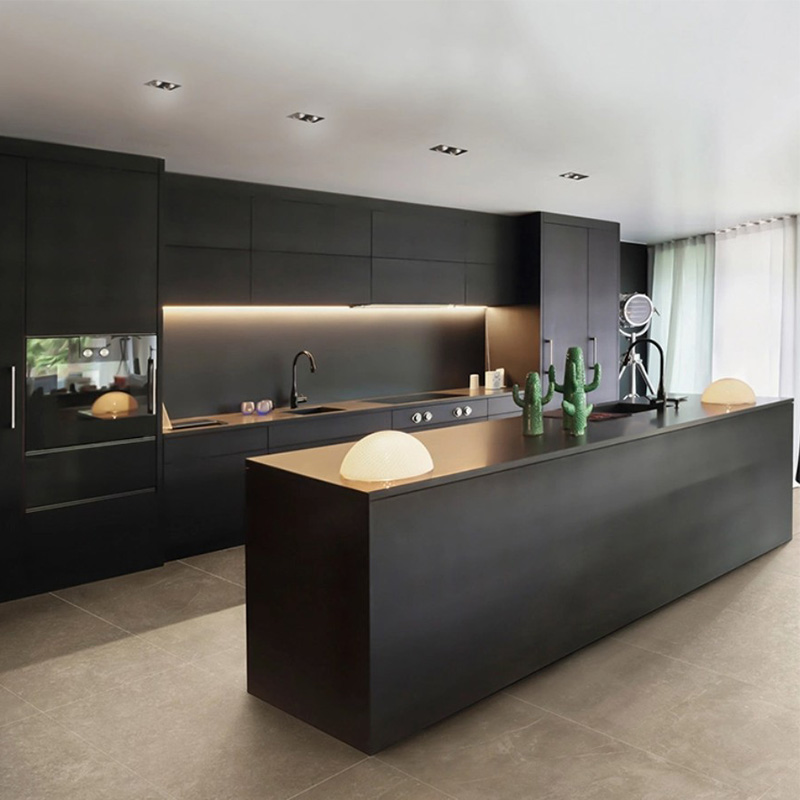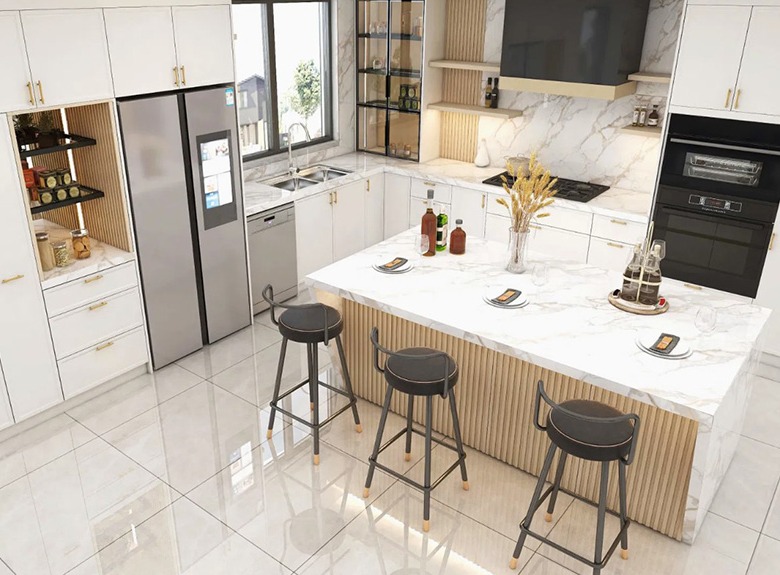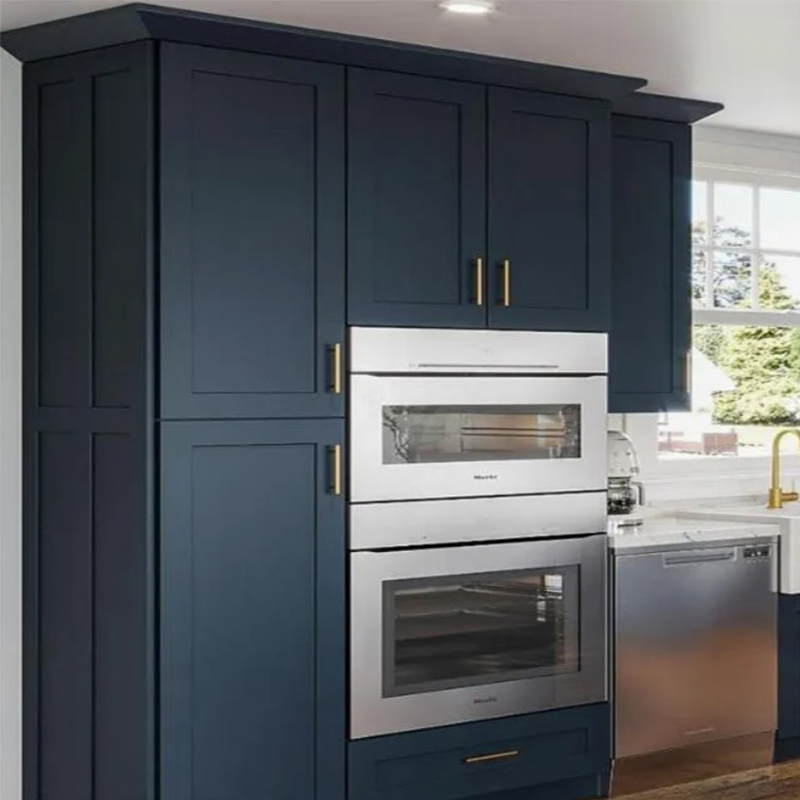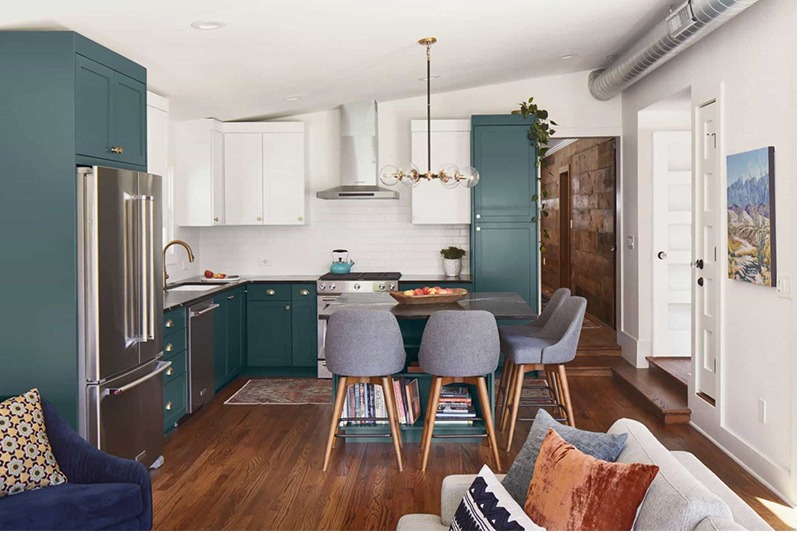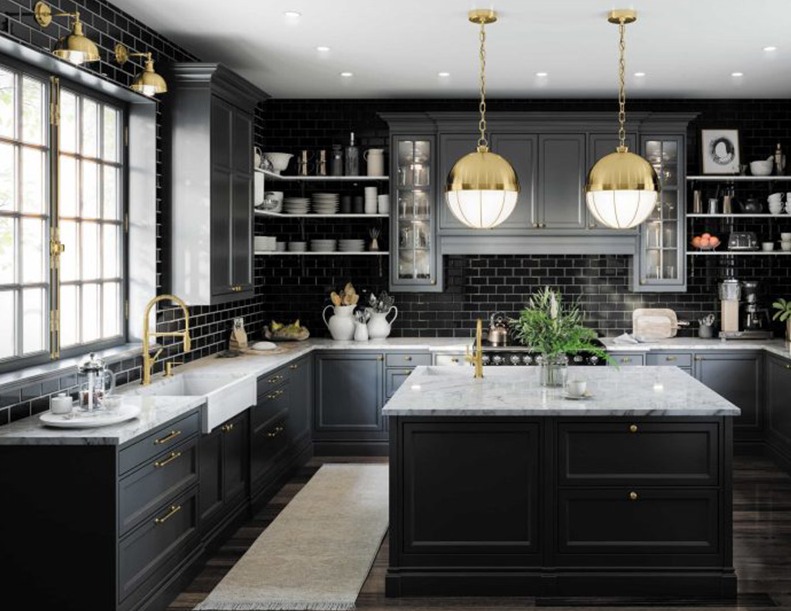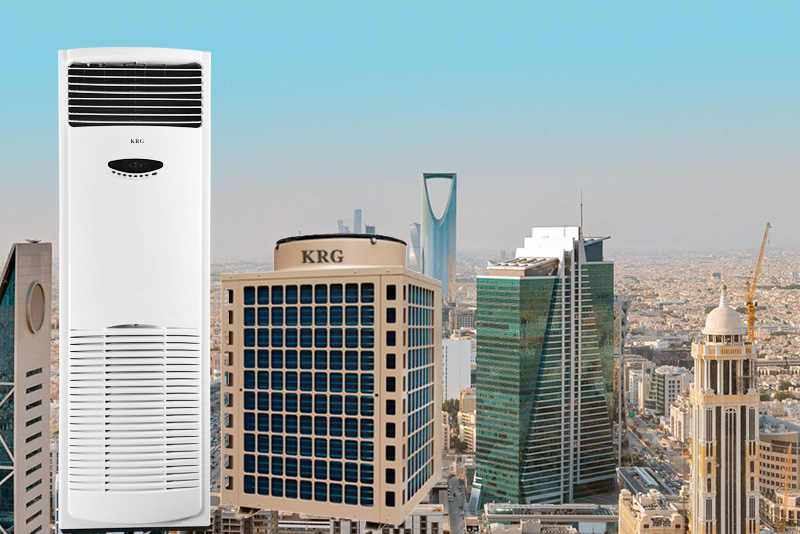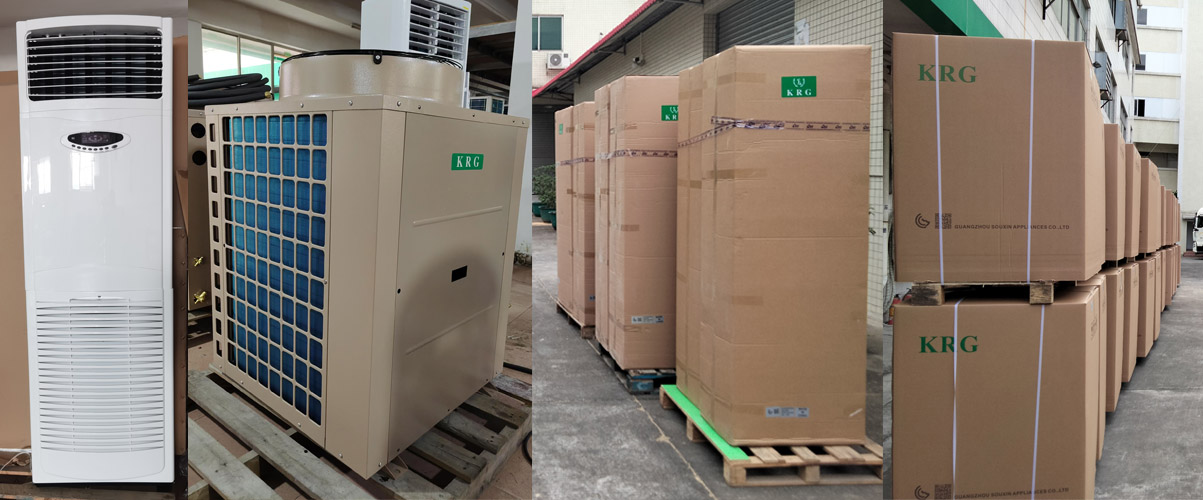Why Quality Control Matters in EVA Case Manufacturing
In the world of EVA case manufacturing, quality control is not just an afterthought; it’s the foundation of every successful product. As the demand for durable, protective, and eye catching cases continues to grow, ensuring that each EVA case meets the highest standards is essential for both customer satisfaction and business growth.
Consistency is Key
Quality control (QC) ensures that every EVA case produced is consistent in terms of performance, appearance, and durability. With various industries relying on EVA cases to protect their valuable products, from electronics to medical devices, consistent quality guarantees that each case will perform as expected. Whether it's shock absorption, water resistance, or structural matter, QC processes help identify and eliminate defects before the cases reach customers.
Maintaining Customer Trust
When customers invest in an EVA case, they expect reliable protection and quality. A single defective product can damage a company’s reputation and lead to negative reviews, lost sales, and diminished brand loyalty. By implementing thorough QC procedures, manufacturers can ensure their products meet both internal standards and customer expectations. This not only strengthens the relationship with existing customers but also attracts new ones who value reliability and trust.
The Role of QC in Innovation
Quality control isn’t just about fixing defects; it’s also about fostering continuous improvement. With every new version of the product, QC helps identify areas where materials, designs, or production methods can be enhanced. By closely monitoring each step of the manufacturing process, companies can develop new techniques, adopt better materials, and innovate in ways that set them apart from competitors.
Cost Effectiveness and Efficiency
While it may seem like an added cost, quality control can actually save money in the long run. By catching defects early, manufacturers can reduce waste, minimize returns, and avoid costly repairs or replacements. A streamlined QC process ensures that production runs efficiently, ultimately benefiting both the company and its customers.
Ultimately, quality control is an essential aspect of the EVA case manufacturing process, ensuring that every case is dependable, durable, and fully capable of protecting what matters most. Whether you are a business in need of reliable packaging or a consumer looking for secure protection for your electronics, our rigorous quality control gives you peace of mind. At Yisi Packing, we are committed to meeting all your requirements. Please contact us today for more information.

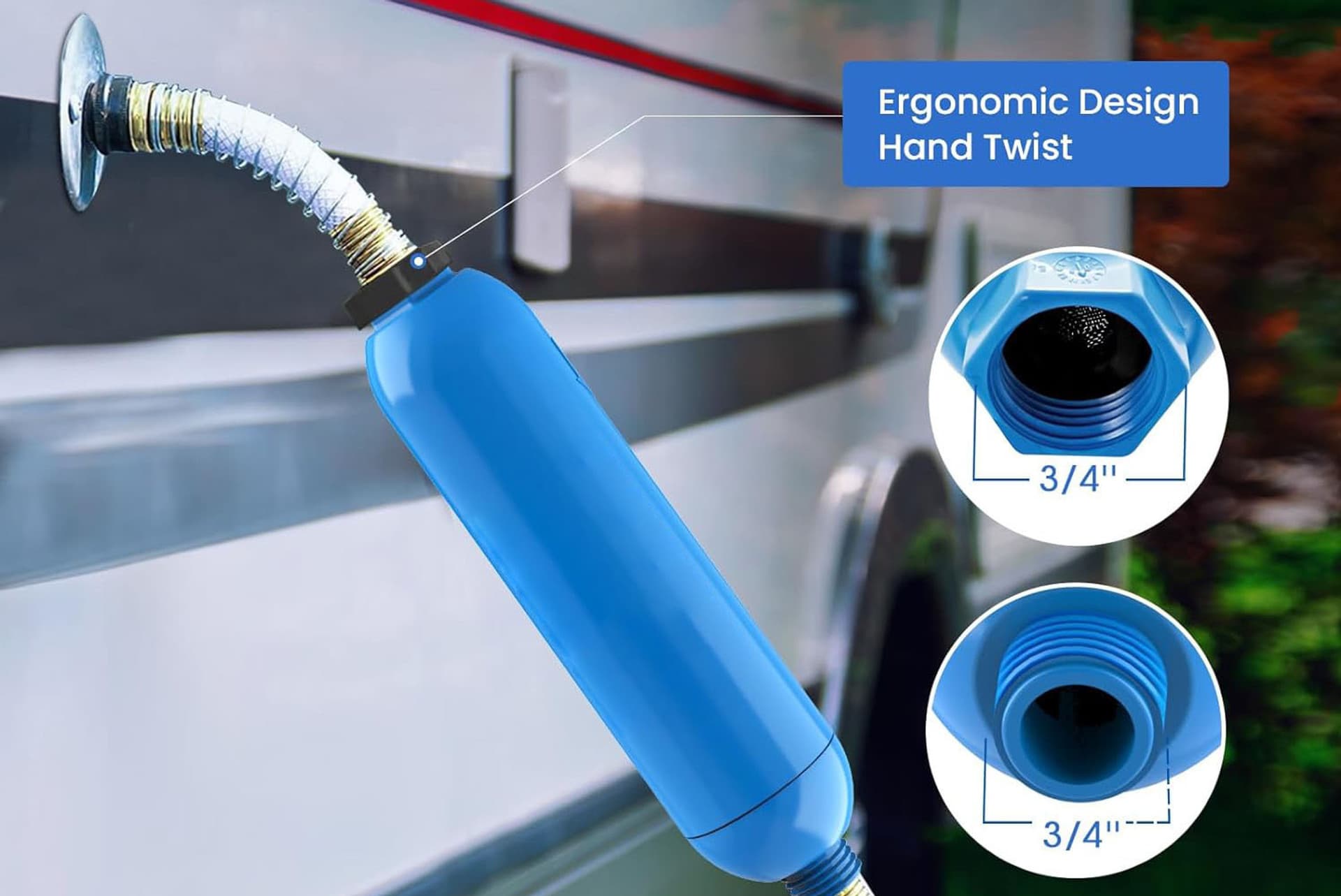
 Feeding System
Feeding System





